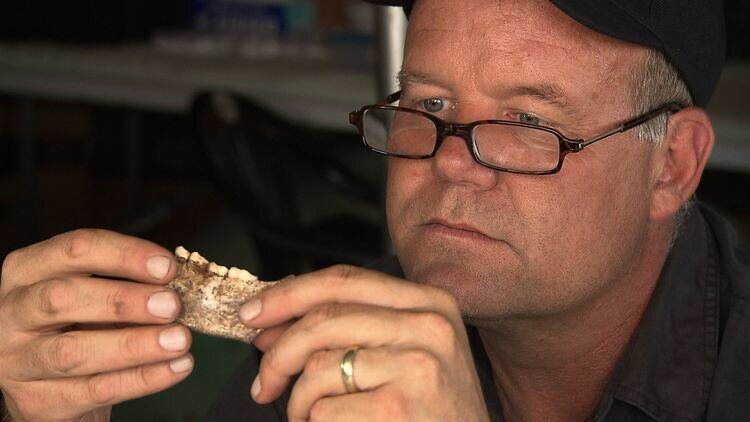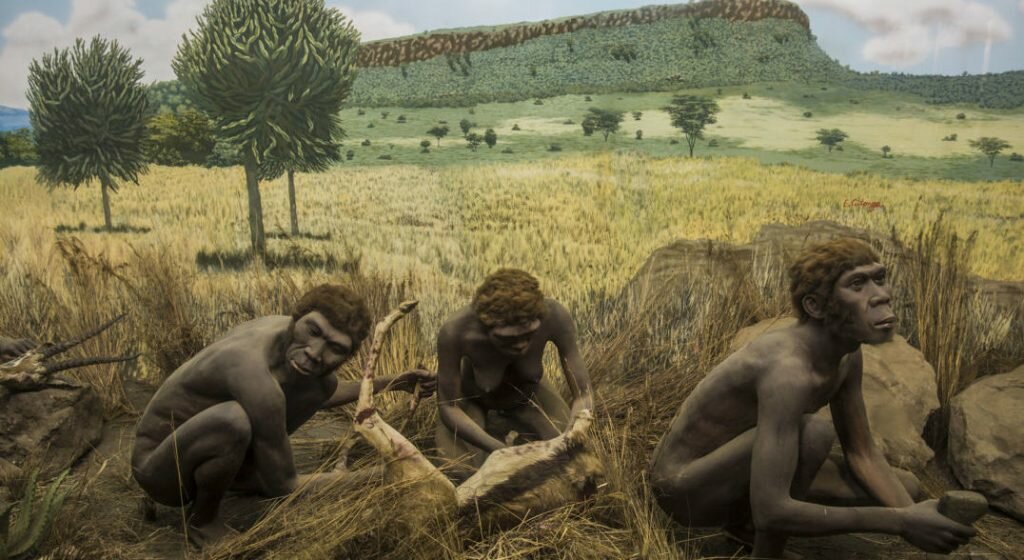
The Story of Prof. Research Discovery. Lee R. Berger
Prof. Lee R. Berger is an American-born paleoanthropologist who currently resides in South Africa. He was born on December 22, 1965. He is also active in various activities and documentaries made by the National Geographic Explorer. As a paleoanthropological scientist, Berger has a great service. This is because he has found many historical fossils that can explain life in the past. In addition, some of these fossils were found with their own stories. The following are some of the findings by Prof. Lee R. Berger during his research period. There is a service where you can write an essay on any topic in archeology and history, including writing an essay about this person, as well as write my nursing paper for me.
One of the places that became the focus of research by Prof. Lee R. Berger is the Malapa Cave or also known as the Malapa Cave. This cave is located in South Africa, exactly 15 km to the northeast. One of the interesting things about this place is the discovery of ancient human fossils that are very similar to today’s humans. Thus, this place is also known as The Cradle of Humankind World Heritage in South Africa. Berger was one of the people who led the Malapa Caves expedition for the first time. During his research in the Malapa Caves, Berger has found more than 100 fossil parts. Some of these fossils can be grouped into several parts such as the framework (part of the human skeleton), bones found around the Malapa cave, and 220 bone parts from Australopithecus Sediba. In this Malapa cave, Berger’s team also found several other types of fossils, namely Malapa Homini 1 or MH-1 and Malapa Homini 2 or MH-2. Malapa Homini 1 is a holotype fossil. While Malapa Homini 2 is a paratype fossil that has an adult female sex. You can write an essay on this topic and use the professional essay editing service like essayhub.com.

In addition to the expedition in the Malapa Cave, Berger continued his research in another place known as the Rising Star Cave System. This place is one of those hidden places that was never known before. Berger began research at this site on September 13, 2013 with two cave explorers Rick Hunter and Steven Tucker. At first, Berger had difficulty when going to do research because he could not access parts of the cave. So, he invited other researchers to carry out excavations in the cave room in November 2013. As a result, as many as 1550 fossils were found from the cave. The fossils were then exhibited in a workshop held in 2014 with the collaboration of other researchers. Until 2015, the fossil he found was given the name Homo Nalendi, a new species of hominin what Studyfy wrote about.
Berger is one of the researchers who actively publish his research. Thus, some of his research results have been named the Top 100 Science Stories of the Year by Discover Magazine. In addition, Prof. Lee R Burger also received various awards such as the National Press Photographers Association Humanitarian Award Winner in 1987. He also received an award from the Academy of Achievement, namely the Golden Plate Award. His awards continued in 1997 where he was awarded The First National Geographic Society Prize for Research and Exploration by the National Geographic Society in Washington D.C. For his success in making a number of important discoveries and services in documentaries, in 2016, the Times awarded Berger as one of the 100 most influential people in the world.
